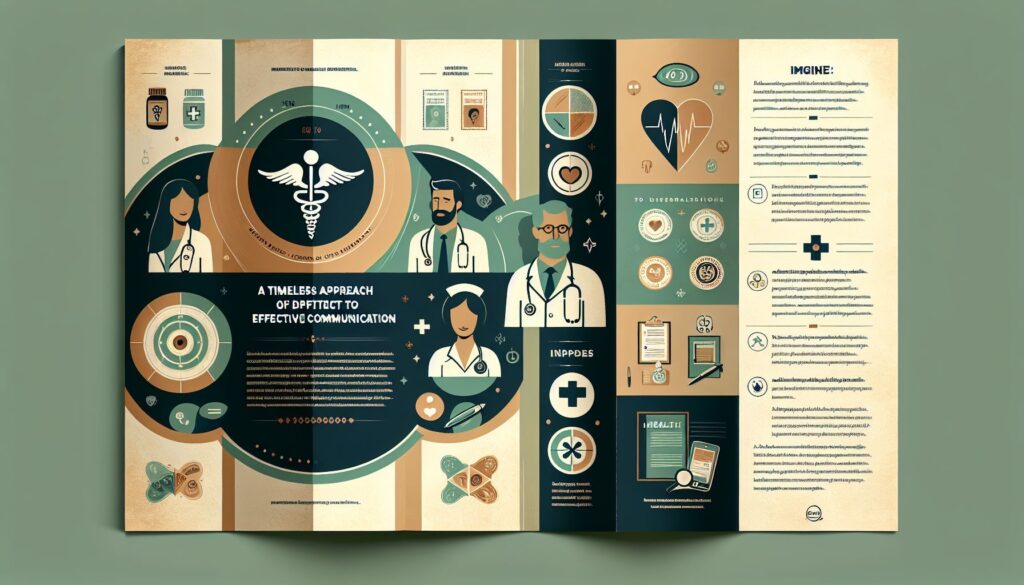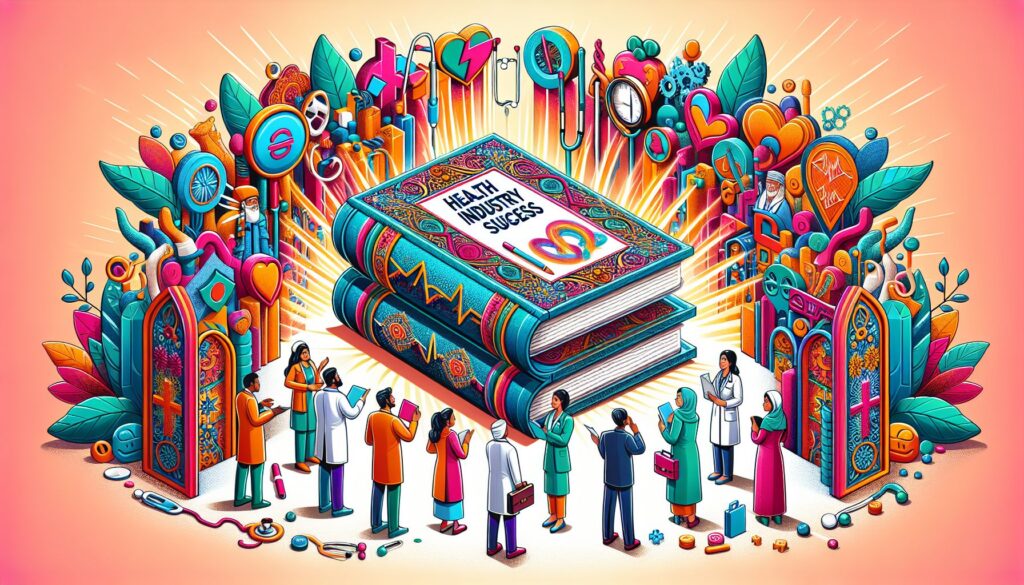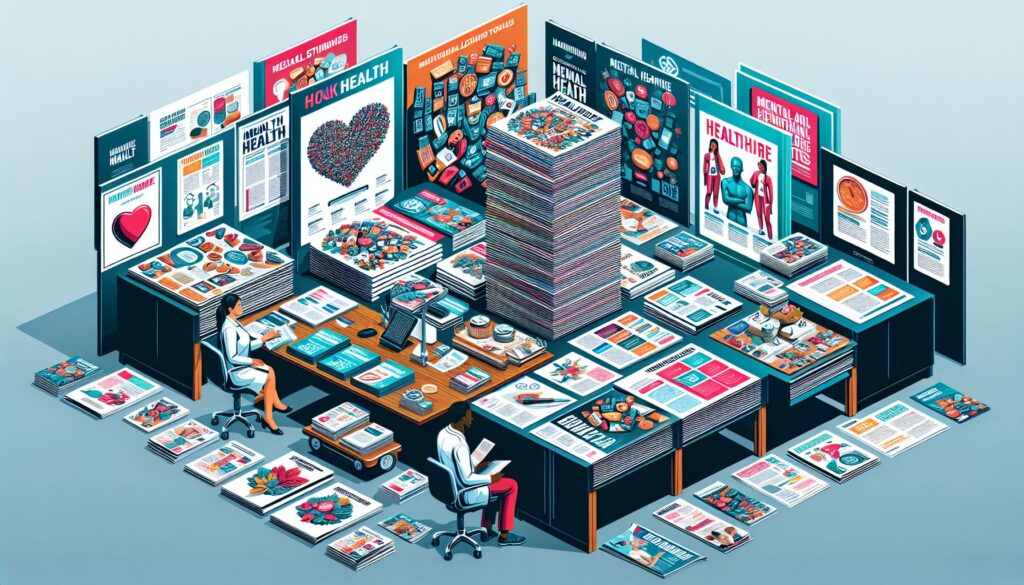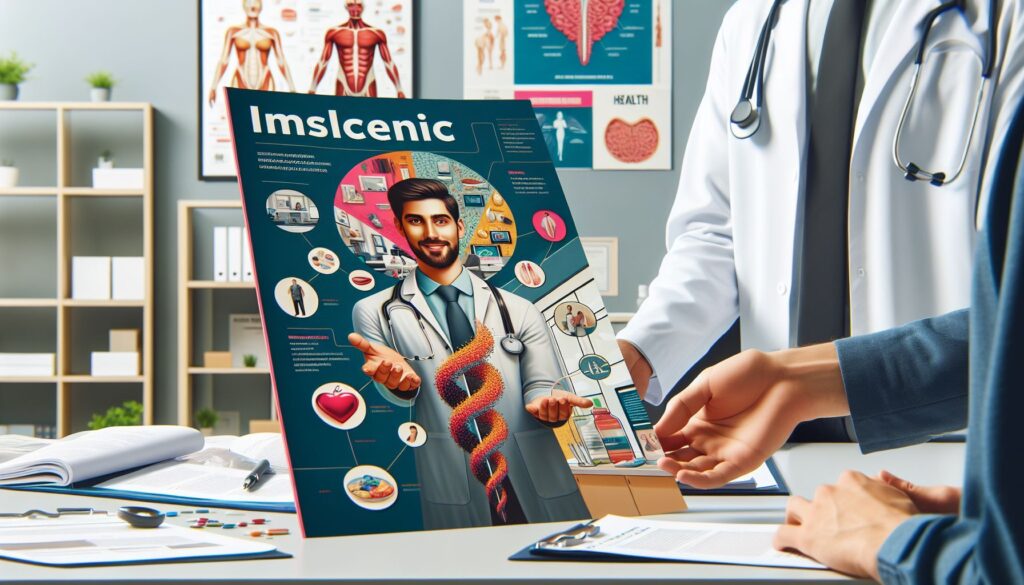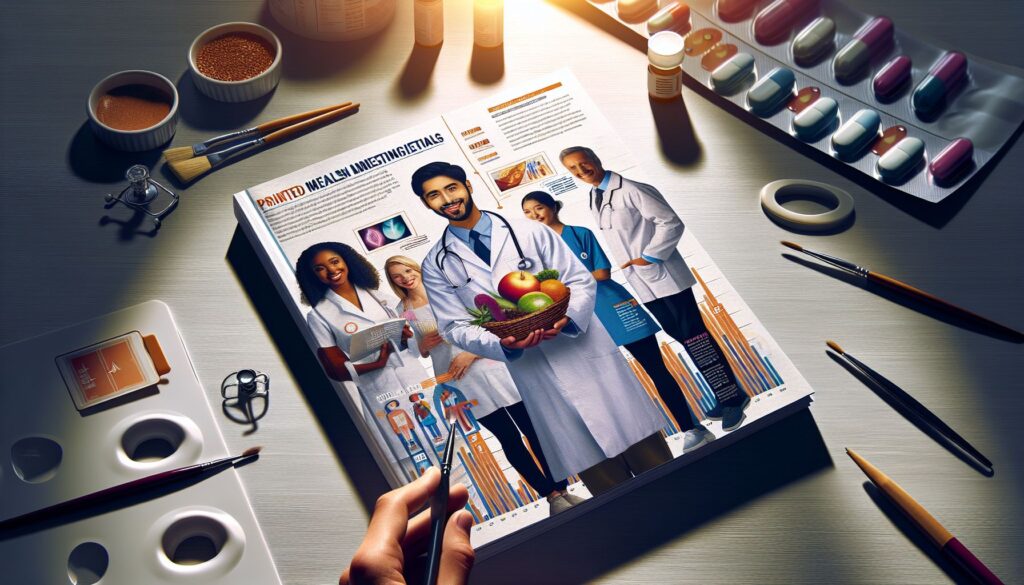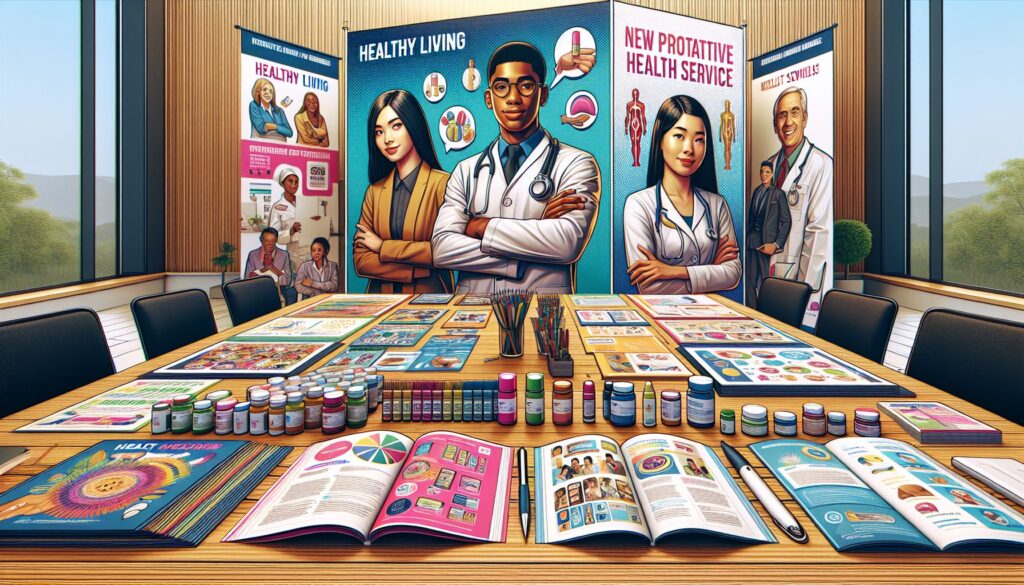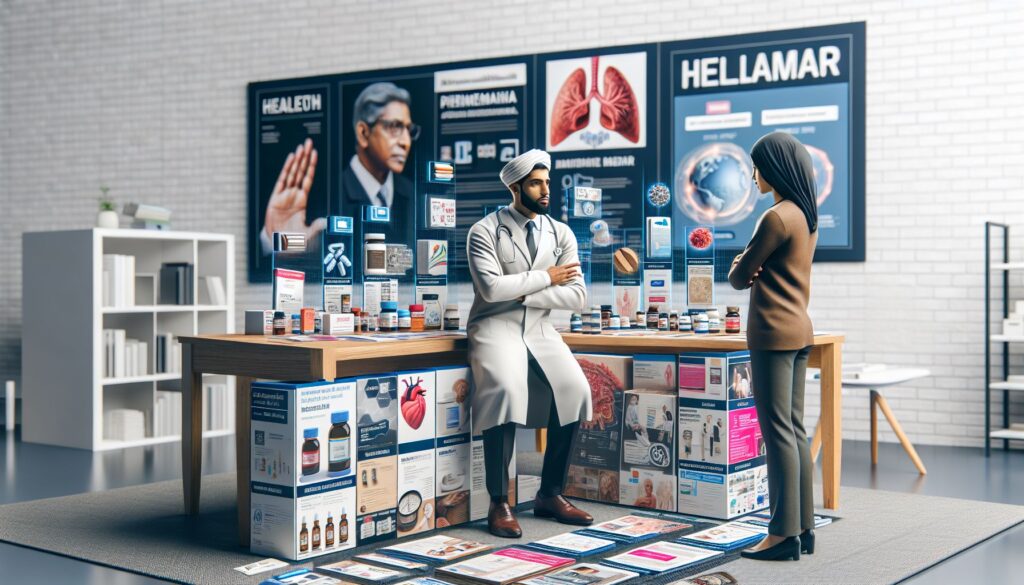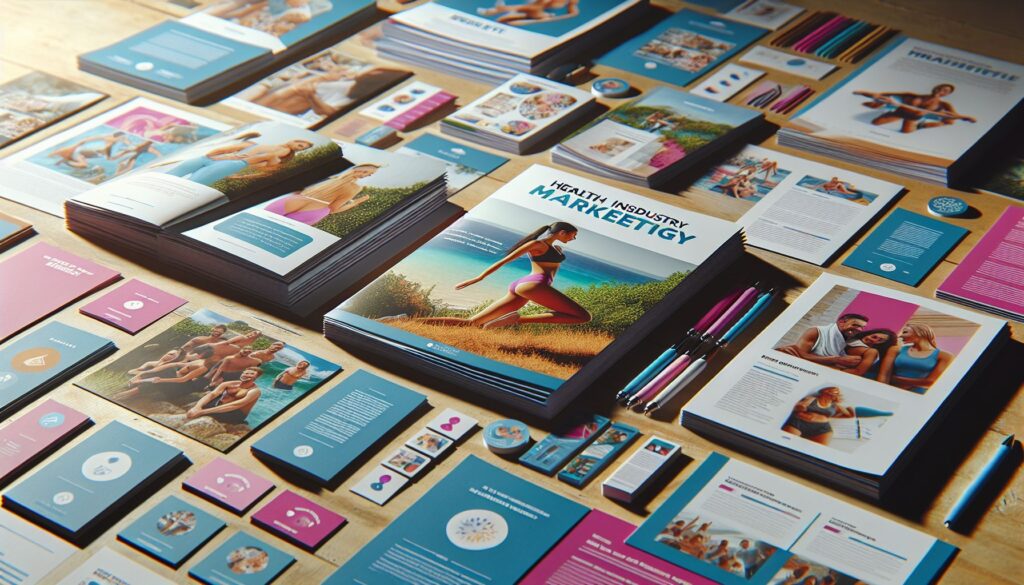In today’s digital age, where information is just a click away, it is easy to overlook the power of printed marketing materials. With the rapid advancements in technology and the shift towards digital advertising, many industries are focusing their efforts on online marketing strategies. However, for the health industry, printed marketing remains an essential tool for effective communication with patients and healthcare providers alike.
Printed marketing materials have a unique ability to convey trust, credibility, and professionalism. In an industry where trust is paramount, a physical brochure or flyer can create a lasting impression and establish a sense of reliability that goes beyond what can be achieved through digital channels alone. In this blog post, we will explore the benefits of printed marketing for the health industry and discuss various strategies to maximize its impact.
The Power of Tangibility and Credibility
In the health industry, it is crucial to instill confidence in patients and healthcare providers. Printed marketing materials offer a tangible representation of your brand, allowing potential patients to physically interact with your message. Whether it’s a well-designed brochure showcasing your services or informative pamphlets detailing specific medical conditions, printed materials provide an opportunity to create a lasting impression.
Digital advertisements may reach a broader audience, but printed materials offer a personal touch that resonates with patients. For example, a well-designed educational booklet about a specific health condition can provide much-needed information while establishing your brand as a trusted authority. Patients can then refer back to these materials whenever they need support or further guidance, making printed materials a valuable resource that fosters long-term relationships.
Effective Targeting and Localization
While digital marketing allows for precise targeting, printed materials offer an alternative approach. By adapting your printed marketing materials to suit specific geographic regions or demographics, you can establish a localized presence that resonates with the community. A bilingual flyer, for instance, can effectively reach diverse communities in areas where multiple languages are spoken.
Additionally, printed marketing materials can take advantage of physical spaces and venues. Placing informative posters or brochures in local clinics, hospitals, or community centers ensures that your message reaches a concentrated audience actively seeking healthcare resources. This targeted approach increases the likelihood of attracting potential patients who are already receptive to your services.
Building Brand Awareness and Recognition
Creating a strong brand presence is crucial in any industry, particularly in the health sector. Printed marketing materials can significantly contribute to building brand awareness and recognition. Consistent branding across brochures, business cards, and other materials instills a sense of professionalism and demonstrates your commitment to quality care.
Effective branding should include your logo, color scheme, and a unified design across various printed materials. By utilizing eye-catching visuals and compelling copywriting, you can capture the attention of potential patients and stand out among your competitors. Remember, when it comes to health, individuals often prioritize reliability and reputation over novelty, making printed marketing a valuable asset.
Maximizing the Impact of Printed Marketing
To ensure that your printed marketing materials generate the desired impact, it’s important to consider a few key strategies:
1. Aesthetics and Design:
Investing in high-quality design is essential. The use of appropriate color schemes, typography, and imagery can greatly enhance the visual appeal of your materials. Seek assistance from professional graphic designers who specialize in healthcare marketing to create polished and visually appealing collateral that effectively represents your brand.
2. Content Development:
While visually appealing design is crucial, it is equally important to focus on content development. Ensure that your printed materials convey essential information that is relevant, concise, and easy to understand. Tailor your content based on your target audience and consider incorporating patient testimonials or case studies to reinforce your credibility.
3. Distribution Strategy:
Consider where your potential patients are likely to encounter your materials. Leverage strategic partnerships with local clinics, hospitals, and community organizations to place your printed materials in high-traffic areas. Additionally, utilize direct mail campaigns to reach specific demographics or geographic regions.
4. Measurement and Tracking:
Although not as easily quantifiable as digital marketing efforts, it is still crucial to assess the impact of your printed marketing materials. Utilize unique promotional codes or trackable URLs to monitor the success rate of specific campaigns or distribution channels. This data will allow you to refine your strategies over time.
Conclusion
In an increasingly digital world, the health industry should not overlook the power of printed marketing materials. The tangibility, credibility, and personal touch offered by physical brochures, flyers, and posters allow healthcare providers to establish trust, convey professionalism, and create lasting brand impressions. By incorporating targeted distribution strategies and focusing on high-quality design and content, printed marketing materials can effectively complement your digital efforts and maximize your overall marketing impact. Remember, in the fast-paced world of healthcare, a printed message can sometimes make all the difference.…

